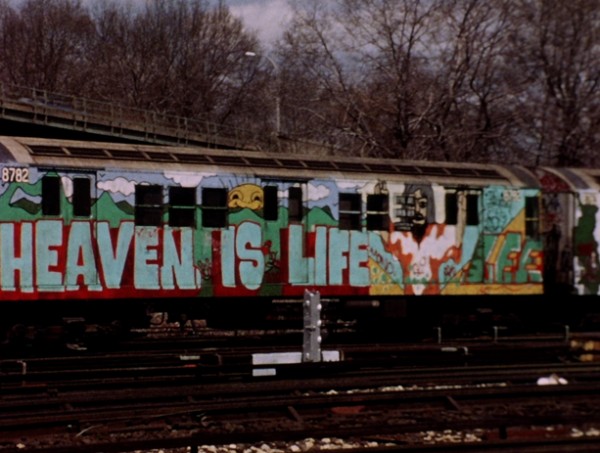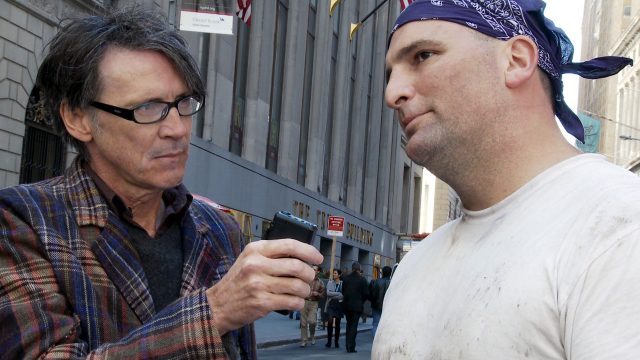
Clay Pigeon interviews construction worker Mark Paris in One October
ONE OCTOBER (Rachel Shuman, 2017)
Nitehawk Cinema
136 Metropolitan Ave. between Berry St. & Wythe Ave.
Thursday, October 4, 7:15
718-384-3980
oneoctoberfilm.com
nitehawkcinema.com
 In October 2008, in the midst of the Barack Obama / John McCain presidential election and the mortgage crisis, filmmaker Rachel Shuman took to the streets of New York City with Clay Pigeon, host of The Dusty Show on WFMU, interviewing people as they made their way across Manhattan and other boroughs. The Boston-born, Beacon-based Shuman intended to capture a moment in time and not release the film until after Obama’s second term ended to see how life in the city changed. The result is One October, a kind of love letter to who we were, are, and will be. Inspired by Chris Marker’s 1963 film Le Joli Mai, in which the French director interviewed people on the streets of Paris, Shuman follows Pigeon, Radio Shack mini tape recorder in hand, as he wanders through Central Park, Harlem, Washington Square Park, the Lower East Side, Madison Square Park, the Financial District, the Brooklyn Bridge, Willets Point, Tompkins Square Park, and other locations, approaching a series of men and women who share fascinating details about their personal and professional lives; the Iowa-born Pigeon has an innate knack for quickly understanding his subjects, asking intuitive questions that often surprise them. He speaks with a former freelance photographer who now works construction to make more money for his family, an ambitious lawyer who wants to work at the UN, a mixed-race couple sitting on a bench, a woman railing against the gentrification of Harlem, and a homeless man who turns the tables on the soft-spoken Pigeon. “It’s always interesting to see how the random collection of souls falls together and how the next chapter bears fruit or lies fallow,” he says on his radio show.
In October 2008, in the midst of the Barack Obama / John McCain presidential election and the mortgage crisis, filmmaker Rachel Shuman took to the streets of New York City with Clay Pigeon, host of The Dusty Show on WFMU, interviewing people as they made their way across Manhattan and other boroughs. The Boston-born, Beacon-based Shuman intended to capture a moment in time and not release the film until after Obama’s second term ended to see how life in the city changed. The result is One October, a kind of love letter to who we were, are, and will be. Inspired by Chris Marker’s 1963 film Le Joli Mai, in which the French director interviewed people on the streets of Paris, Shuman follows Pigeon, Radio Shack mini tape recorder in hand, as he wanders through Central Park, Harlem, Washington Square Park, the Lower East Side, Madison Square Park, the Financial District, the Brooklyn Bridge, Willets Point, Tompkins Square Park, and other locations, approaching a series of men and women who share fascinating details about their personal and professional lives; the Iowa-born Pigeon has an innate knack for quickly understanding his subjects, asking intuitive questions that often surprise them. He speaks with a former freelance photographer who now works construction to make more money for his family, an ambitious lawyer who wants to work at the UN, a mixed-race couple sitting on a bench, a woman railing against the gentrification of Harlem, and a homeless man who turns the tables on the soft-spoken Pigeon. “It’s always interesting to see how the random collection of souls falls together and how the next chapter bears fruit or lies fallow,” he says on his radio show.
In between interviews, cinematographer David Sampliner beautifully photographs trees, buildings, storefronts, statues, the Halloween Parade, political rallies, the Columbus Day Parade, a housing protest, the Blessing of the Animals at the Cathedral Church of St. John the Divine, birds flying across blue skies, Muslims praying at the end of Ramadan, and Jews performing the ritual of Tashlich, casting away their sins by throwing pieces of bread into the East River. The shots, which include classic New York restaurants as well as institutions that have since closed, are accompanied by a bittersweet score by Paul Brill, featuring cellist Dave Eggar. Director, editor, and producer Shuman (Negotiations) has created a loving warning about the future of a city that has been undergoing major changes since October 2008. Executive produced by three-time Oscar nominee Edward Norton, the hour-long One October is having a special October screening at Nitehawk Cinema as part of the “Representation” series, which highlights the scarcity of women directors in the industry; the film will be preceded by Jon Bunning’s fifteen-minute short The Tables, about Ping-Pong in Bryant Park, and followed by a Q&A with Shuman and WFMU host Amanda Nazario.
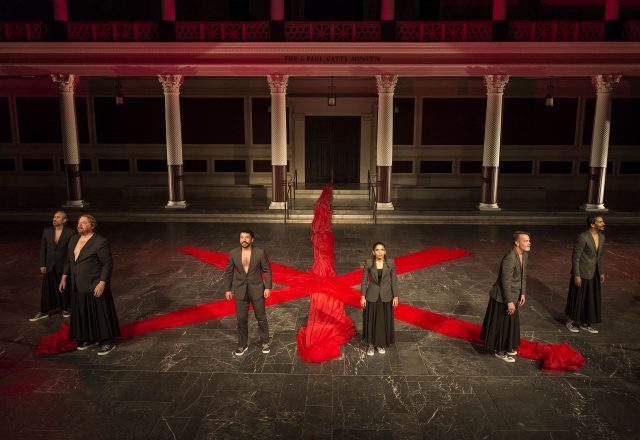

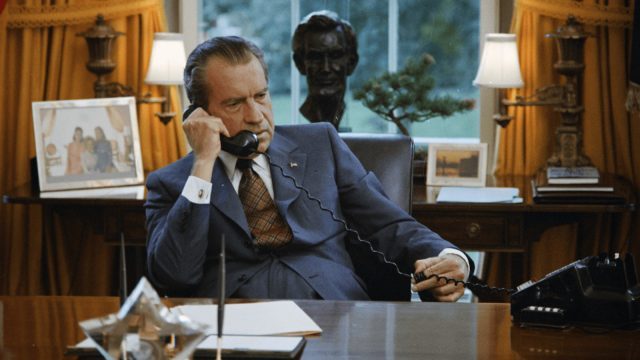

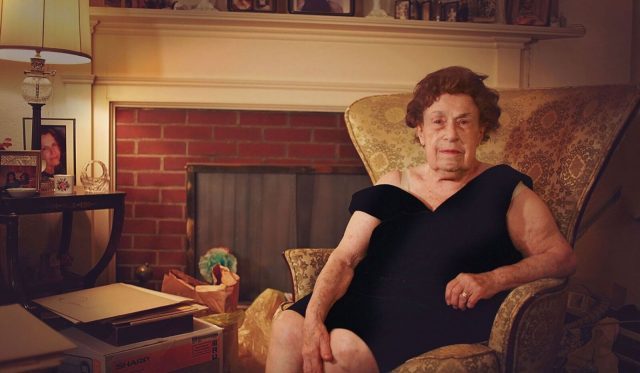
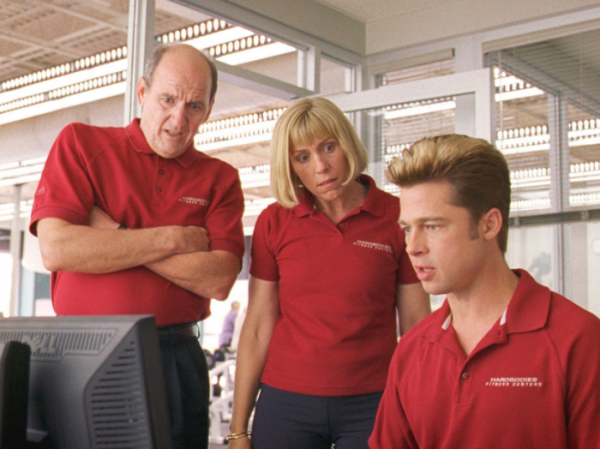
 After delighting audiences with such outstanding indie fare as Blood Simple (1984), Fargo (1996), and O Brother, Where Art Thou? (2000), brothers Joel and Ethan Coen hit a midcareer slump with the mediocre The Man Who Wasn’t There (2001), the much-maligned Intolerable Cruelty (2003), and the just plain awful remake of The Ladykillers (2004). It was three years before they released their next film, the Oscar-winning monster hit No Country for Old Men. In 2008 they toned things down again with the slight but entertaining Burn After Reading. John Malkovich is hysterical as Osborne Cox, an angry, bitter, foul-mouthed CIA agent who loses his job and decides to write a tell-all memoir, which bizarrely ends up in the hands of a pair of bumbling idiots, Chad Feldheimer (an extremely funny Brad Pitt) and Linda Litzke (Frances McDormand). Linda really wants to get a whole bunch of plastic surgery done, so she plans on squeezing a lot of money out of old Mr. Cox, who has no patience for anyone other than himself. Throw in a cold-as-ice wife (Tilda Swinton), a philandering G-man (George Clooney), a Russian ambassador named after Severn Darden’s character in The President’s Analyst, a stellar cast that also includes Richard Jenkins, J. K. Simmons, David Rasche, Elizabeth Marvel, and Dermot Mulroney, and some shocking violence and — well, we’ve told you too much already. Burn After Reading might not be grade-A Coen brothers, but it’s still a worthwhile endeavor from two of America’s most ingenious filmmakers. The movie, which asks the question “The Russians? Are you sure?,” is screening at Nitehawk on September 24 as part of the “Booze & Books” series and will be followed by a Q&A with Film Comment contributor and Harpers digital editor Violet Lucca and Adam Nayman, author of the new book
After delighting audiences with such outstanding indie fare as Blood Simple (1984), Fargo (1996), and O Brother, Where Art Thou? (2000), brothers Joel and Ethan Coen hit a midcareer slump with the mediocre The Man Who Wasn’t There (2001), the much-maligned Intolerable Cruelty (2003), and the just plain awful remake of The Ladykillers (2004). It was three years before they released their next film, the Oscar-winning monster hit No Country for Old Men. In 2008 they toned things down again with the slight but entertaining Burn After Reading. John Malkovich is hysterical as Osborne Cox, an angry, bitter, foul-mouthed CIA agent who loses his job and decides to write a tell-all memoir, which bizarrely ends up in the hands of a pair of bumbling idiots, Chad Feldheimer (an extremely funny Brad Pitt) and Linda Litzke (Frances McDormand). Linda really wants to get a whole bunch of plastic surgery done, so she plans on squeezing a lot of money out of old Mr. Cox, who has no patience for anyone other than himself. Throw in a cold-as-ice wife (Tilda Swinton), a philandering G-man (George Clooney), a Russian ambassador named after Severn Darden’s character in The President’s Analyst, a stellar cast that also includes Richard Jenkins, J. K. Simmons, David Rasche, Elizabeth Marvel, and Dermot Mulroney, and some shocking violence and — well, we’ve told you too much already. Burn After Reading might not be grade-A Coen brothers, but it’s still a worthwhile endeavor from two of America’s most ingenious filmmakers. The movie, which asks the question “The Russians? Are you sure?,” is screening at Nitehawk on September 24 as part of the “Booze & Books” series and will be followed by a Q&A with Film Comment contributor and Harpers digital editor Violet Lucca and Adam Nayman, author of the new book 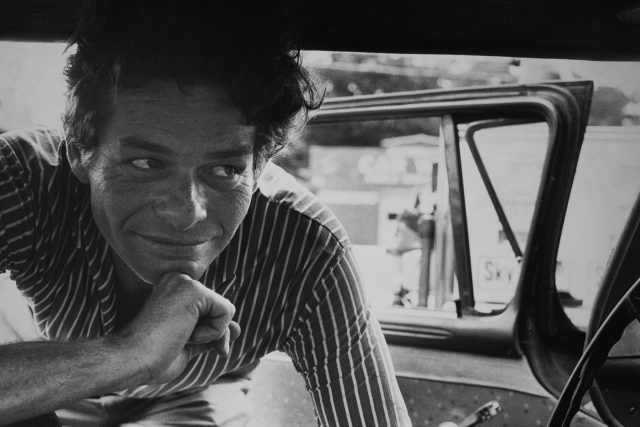
 There’s an intrinsic challenge about making a documentary about a photographer: How to portray the artist’s work, silent, still pictures of a moment in time, in a medium based on sound and movement. In Garry Winogrand: All Things Are Photographable, producer, director, and editor Sasha Waters Freyer attacks that issue by delving deep into many of Winogrand’s photographs, lingering on them as friends, relatives, and colleagues rave about his glorious images. “Well, what is a photograph? I’ll tell you what a photograph is. It’s the illusion of a literal description of how a camera saw a piece of time in space,” Winogrand said in a 1975 lecture at the University of Texas Austin, later adding, “All it is is light on surface.” Of course, in Winogrand’s case, it is much more than that; the black-and-white pictures he took with his trusted Leica M4 inhale and exhale at the exciting pace of real life. “It’s this observation of human behavior, of human activity, human gesture, the relationships between people, whether they know each other or not, how we behave in the world,” curator Susan Kismaric says. Writer Geoff Dyer calls Winogrand’s work a “psychogestural ballet,” while photographer Matt Stuart looks at photo after photo, pointing out “the dance” in each one. “When things move, I get interested. I know that much,” Winogrand, who passed away in 1984 at the age of fifty-six, says in his gruff voice. “He had no ambition for fame or celebrity. He was totally obsessed and possessed by photography,” his good friend, photographer Tod Papageorge, says. “It was work work work work work.”
There’s an intrinsic challenge about making a documentary about a photographer: How to portray the artist’s work, silent, still pictures of a moment in time, in a medium based on sound and movement. In Garry Winogrand: All Things Are Photographable, producer, director, and editor Sasha Waters Freyer attacks that issue by delving deep into many of Winogrand’s photographs, lingering on them as friends, relatives, and colleagues rave about his glorious images. “Well, what is a photograph? I’ll tell you what a photograph is. It’s the illusion of a literal description of how a camera saw a piece of time in space,” Winogrand said in a 1975 lecture at the University of Texas Austin, later adding, “All it is is light on surface.” Of course, in Winogrand’s case, it is much more than that; the black-and-white pictures he took with his trusted Leica M4 inhale and exhale at the exciting pace of real life. “It’s this observation of human behavior, of human activity, human gesture, the relationships between people, whether they know each other or not, how we behave in the world,” curator Susan Kismaric says. Writer Geoff Dyer calls Winogrand’s work a “psychogestural ballet,” while photographer Matt Stuart looks at photo after photo, pointing out “the dance” in each one. “When things move, I get interested. I know that much,” Winogrand, who passed away in 1984 at the age of fifty-six, says in his gruff voice. “He had no ambition for fame or celebrity. He was totally obsessed and possessed by photography,” his good friend, photographer Tod Papageorge, says. “It was work work work work work.”![New York, 1968 [laughing woman with ice cream] Photographs by Garry Winogrand, Collection Center for Creative Photography, The University of Arizona. © The Estate of Garry Winogrand, courtesy of Fraenkel Gallery, San Francisco.](https://twi-ny.com/wp-content/uploads/2018/09/garry-winogrand-2-e1537325349352.jpg)
